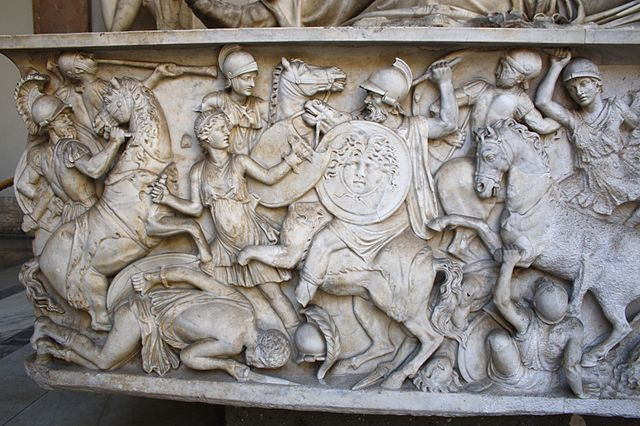As per Greek mythology, a race of exclusive warrior women was mentioned as Amazons or Amazon warriors who are described as the residents of Themiskyra city, situated on the Black Sea. This may ring a bell for those who have watched the fictional film called "Wander Woman," where the lead actress played the role of an Amazon warrior. But a recent archaeological discovery has added substantial evidence that the existence of Amazons is not a myth but an ancient truth that remained alive throughout the generations.
A team of archaeologists have recently found remains of an ancient woman in the highlands of Armenia who believed to have died during the Iron Age, between 1200 BC and 600 BC. But the researchers found the evidence in her wounds, which suggest that she could be related to the mythical race of Amazons, who were noted for their horse riding skills, battle techniques, courage and pride.

The skeleton discovery
It should be mentioned that the Kingdom of Urartu, which flourished in Armenia between 9th and 6th centuries BC, had a cultural environment, mainly focused on hunting, army and a trade economy. After the analysis of a skeleton which was found at this region, experts came to know that the Urartian warriors were both men and women. Along with the skeleton, the researchers found ceramic vessels and jewelry, which date it to the Early Armenian period (8th-6th century B.C.).
As published in the International Journal of Osteoarchaeology, a group of Armenian researchers led by Anahit Khudaverdyan of the National Academy of Sciences of the Republic of Armenia, stated that the grave belongs to a woman who died in her 20s and was assumed to have been of high-status because of the jewelry buried along with her. But further research showed that she also had strong and injured bones, which indicated that she could be a warrior.
Description of the woman warrior
In addition, the archaeologists mentioned that the muscle attached in her upper body were strong and she could have been involved in considerable hard work and activity. As per the researchers, her high bones were also well-developed and possible due to "specific military activities, such as horse-riding."
They also found an iron arrowhead in her left knee but the injury had healed long before her demise. The researchers claimed that these arrows were home-made and were frequently used for war or hunting. The female skeleton also found with several other wounds, in her left hip and right thigh as well as left lower leg, which had been stabbing wounds.
After the finding and the analysis of the skeleton, archaeologist Khudaverdyan and the team said that these injuries highlight the fact that "for this Early Armenian female from Bover I, interpersonal violence was an ever-present aspect of life," and in addition, mentioned that the woman suffered at least two different kinds of cuts just before death. It is possible that the woman died while fighting in a battle.

The burial site and Amazons
The archaeologists stated that several male warrior skeletons were found in the Armenian highlands but this burial of woman in Bover I suggested that she was a female warrior. Later, Khudaverdyan and colleagues claim that this kind of female warriors have bee mentioned in the ancient Greek tale of Amazons, who pursued male-dominated traditional activities such as horse-riding, hunting and warfare.









